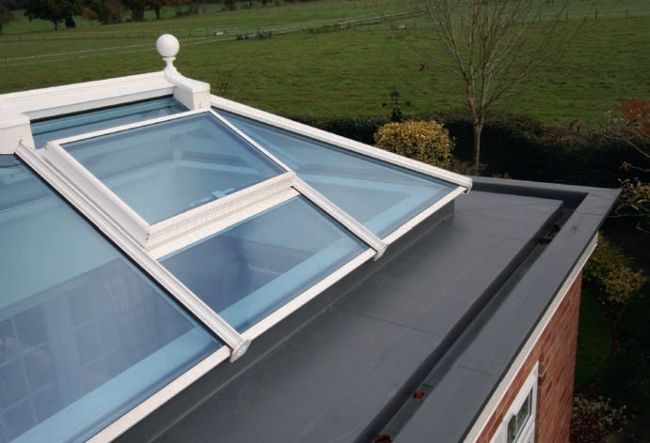Flat roof design basics
Emily Smith weighs up the pros and cons of flat roofs, and explains how to select the right specification and materials for your project
Emily Smith
In the past, low-quality insulation, inadequate materials and poor workmanship left flat roofs with a reputation for water pooling and substandard performance. But today there are various modern systems available that make horizontal coverings a thermally efficient, versatile and attractive option that will protect your home in the long-term.
Flat versus pitched
Technically, a flat roof is never actually completely level. In fact, any pitched covering that is lower than 10° comes under this category. This is because a slight gradient is required to allow rain and snow to drain off.
If you’re building a new dwelling from scratch, the decision on whether this type of roof will work for you is likely to come down to whether it will suit the architectural style of your house. If you’re self building a chocolate box cottage, for instance, then a flat top probably won’t suit. But there are plenty of circumstances where a linear design will enhance the exterior aesthetics, and this doesn’t necessarily need to be a strikingly contemporary box-like new build. Many Georgian properties were constructed with flat roofs (often featuring parapets), for example.
Sometimes planning restrictions mean a flat roof is the most suitable course of action, especially if you’re working on a single storey extension.

In this dwelling, a flat roof is the perfect surround to the roof lantern. A single ply membrane has been installed with internal outlets for water to drain from
SINGLE PLY ROOFING ASSOCIATION